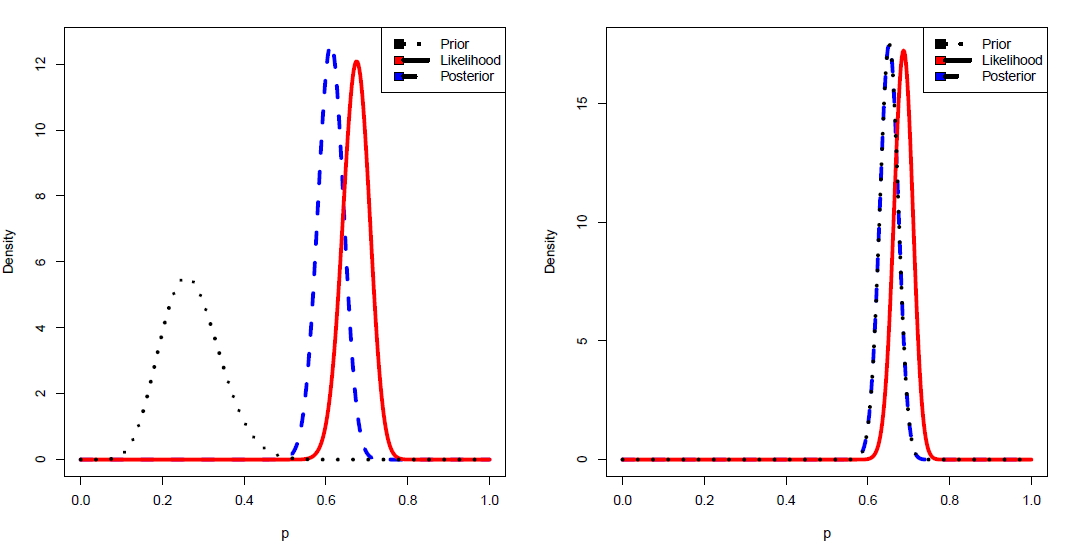A Modifed Forced Randomized Response Model
Keywords:
randomized response, proportion, sensitive group, maximum likelihood estimator, sampling distributionAbstract
In this paper, we proposed a new Randomized Response Model (RRM) that estimate proportion of people in a population (P) belonging to a sensitive group (S) under study. Simple random sampling with replacement and strati?ed simple random sampling scheme were adopted. Maximum likelihood and Bayesian estimation procedures of the proposed model were developed and compared. The sampling distribution (expectation and variance) of the proposed estimator under the two sampling techniques, e?ciency comparison of the proposed model with some existing models, and numerical illustration of all the compared models were also explored. We found that the proposed model outperformed other existing RRMs in terms of e?ciency and it proved to be more protective in designing survey for sensitive related issues.

Published
How to Cite
Issue
Section
Copyright (c) 2020 Journal of the Nigerian Society of Physical Sciences

This work is licensed under a Creative Commons Attribution 4.0 International License.







